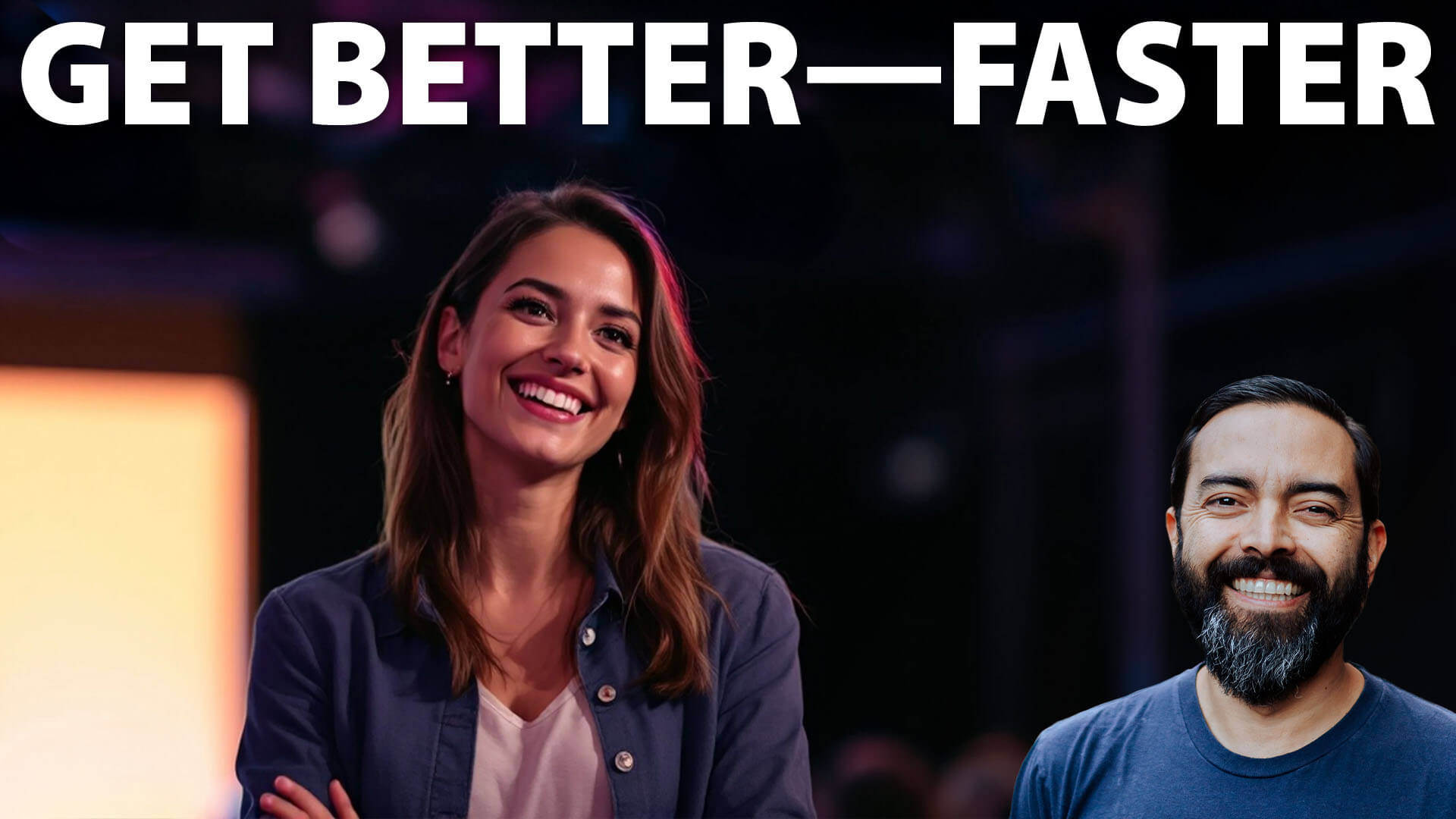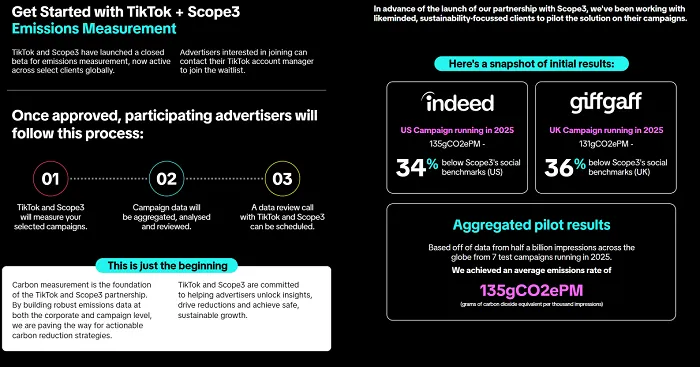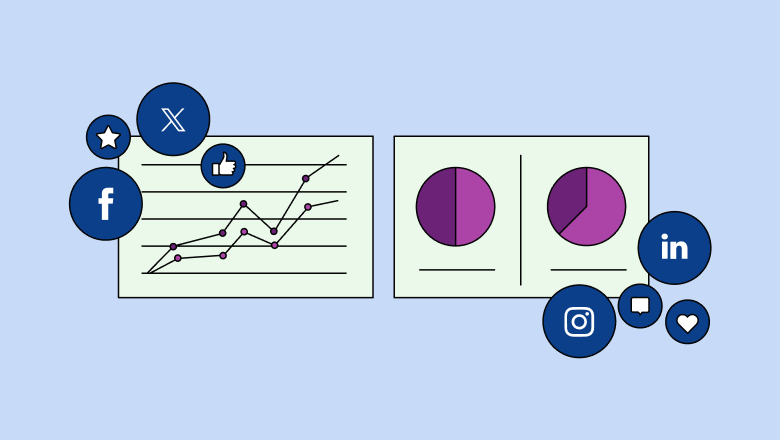INSIDE YOUR BRAIN
For readers curious about that “lumpy, oatmeal-y, very important thing you keep inside your head,” the authors present a string of astonishing, sometimes stirringly gruesome revelations. Beginning with an ancient physician’s note about how it feels to poke a living brain exposed by a massive head wound, the narrative winds past 18th-century scientist Luigi Galvani’s electrical experiments with frog legs to the case of Phineas Gage, a 19th-century railroad worker who took an iron rod through his head and suffered only personality changes. From there, Unwin and neurologist Barry explore discoveries about split and damaged brains, neurodivergence, and mapping brain functions on the way to an enlightening comparison of how AI compares to natural brains and predictions of possible future developments in mental remote control and communication. They close with a “Neuroscience Hall of Fame” profiling a gallery of racially diverse researchers, like the generic human figures that Contreras intersperses among her views of dancing lab kittens, rats, and frogs. Sidebars with tests and experiments invite readers to try their hand at some of the science.


For readers curious about that “lumpy, oatmeal-y, very important thing you keep inside your head,” the authors present a string of astonishing, sometimes stirringly gruesome revelations. Beginning with an ancient physician’s note about how it feels to poke a living brain exposed by a massive head wound, the narrative winds past 18th-century scientist Luigi Galvani’s electrical experiments with frog legs to the case of Phineas Gage, a 19th-century railroad worker who took an iron rod through his head and suffered only personality changes. From there, Unwin and neurologist Barry explore discoveries about split and damaged brains, neurodivergence, and mapping brain functions on the way to an enlightening comparison of how AI compares to natural brains and predictions of possible future developments in mental remote control and communication. They close with a “Neuroscience Hall of Fame” profiling a gallery of racially diverse researchers, like the generic human figures that Contreras intersperses among her views of dancing lab kittens, rats, and frogs. Sidebars with tests and experiments invite readers to try their hand at some of the science.







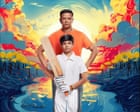








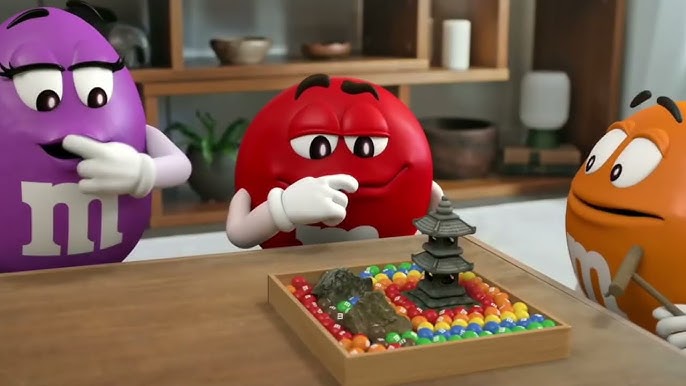






![Brand and SEO Sitting on a Tree: K-I-S-S-I-N-G [Mozcon 2025 Speaker Series]](https://moz.com/images/blog/banners/Mozcon2025_SpeakerBlogHeader_1180x400_LidiaInfante_London.png?auto=compress,format&fit=crop&dm=1749465874&s=56275e60eb1f4363767c42d318c4ef4a#)

![How To Launch, Grow, and Scale a Community That Supports Your Brand [MozCon 2025 Speaker Series]](https://moz.com/images/blog/banners/Mozcon2025_SpeakerBlogHeader_1180x400_Areej-abuali_London.png?auto=compress,format&fit=crop&dm=1747732165&s=beb7825c980a8c74f9a756ec91c8d68b#)
![Clicks Don’t Pay the Bills: Use This Audit Framework To Prove Content Revenue [Mozcon 2025 Speaker Series]](https://moz.com/images/blog/banners/Mozcon2025_SpeakerBlogHeader_1180x400_Hellen_London.png?auto=compress,format&fit=crop&dm=1747758249&s=9f3c5b1b7421f862beace1cb513053bb#)
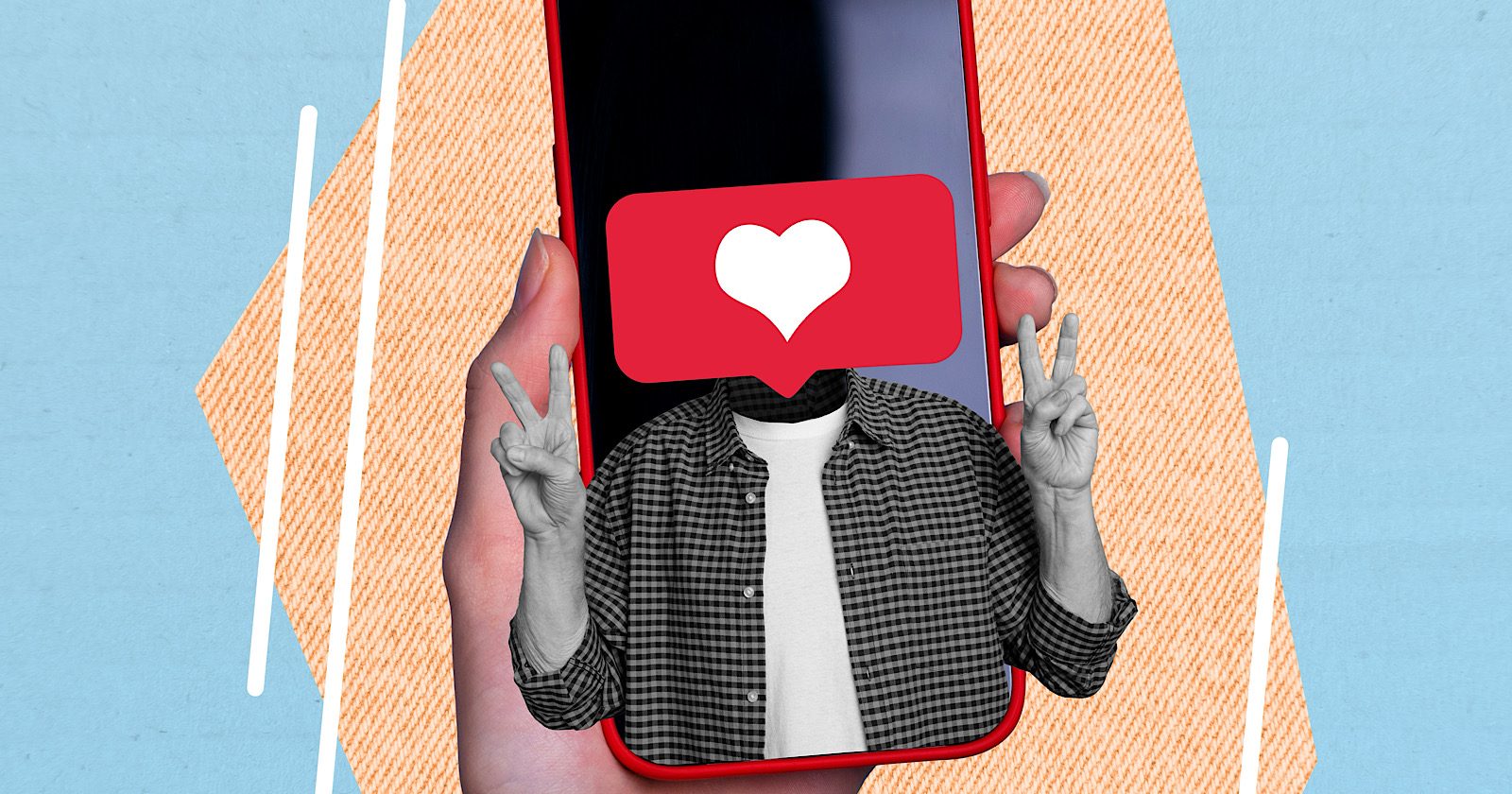


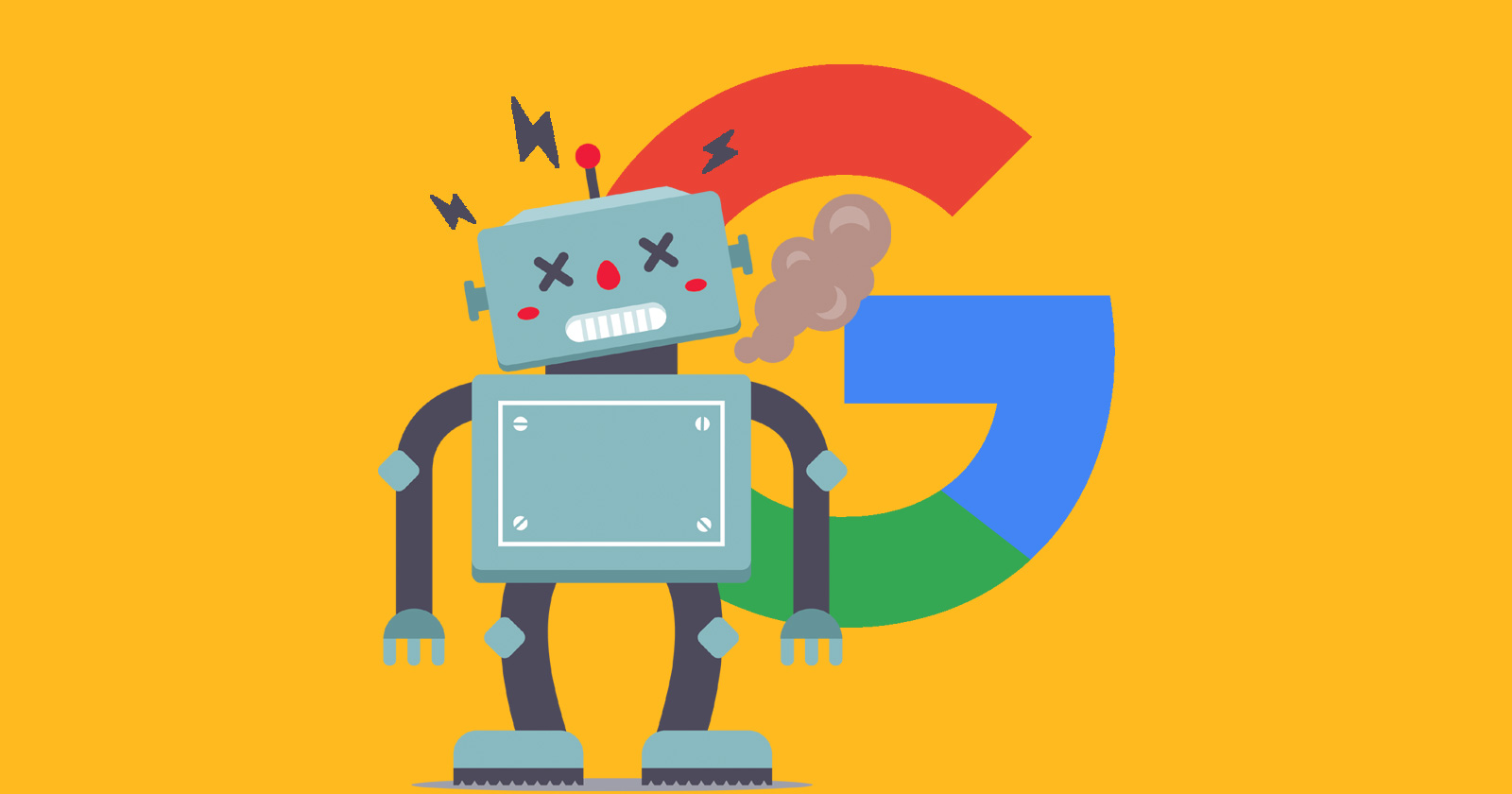




















![The 11 Best Landing Page Builder Software Tools [2025]](https://www.growthmarketingpro.com/wp-content/uploads/2024/04/best-landing-page-software-hero-image-1024x618.png?#)





































![The Most Searched Things on Google [2025]](https://static.semrush.com/blog/uploads/media/f9/fa/f9fa0de3ace8fc5a4de79a35768e1c81/most-searched-keywords-google-sm.png)
![What Is a Landing Page? [+ Case Study & Tips]](https://static.semrush.com/blog/uploads/media/db/78/db785127bf273b61d1f4e52c95e42a49/what-is-a-landing-page-sm.png)





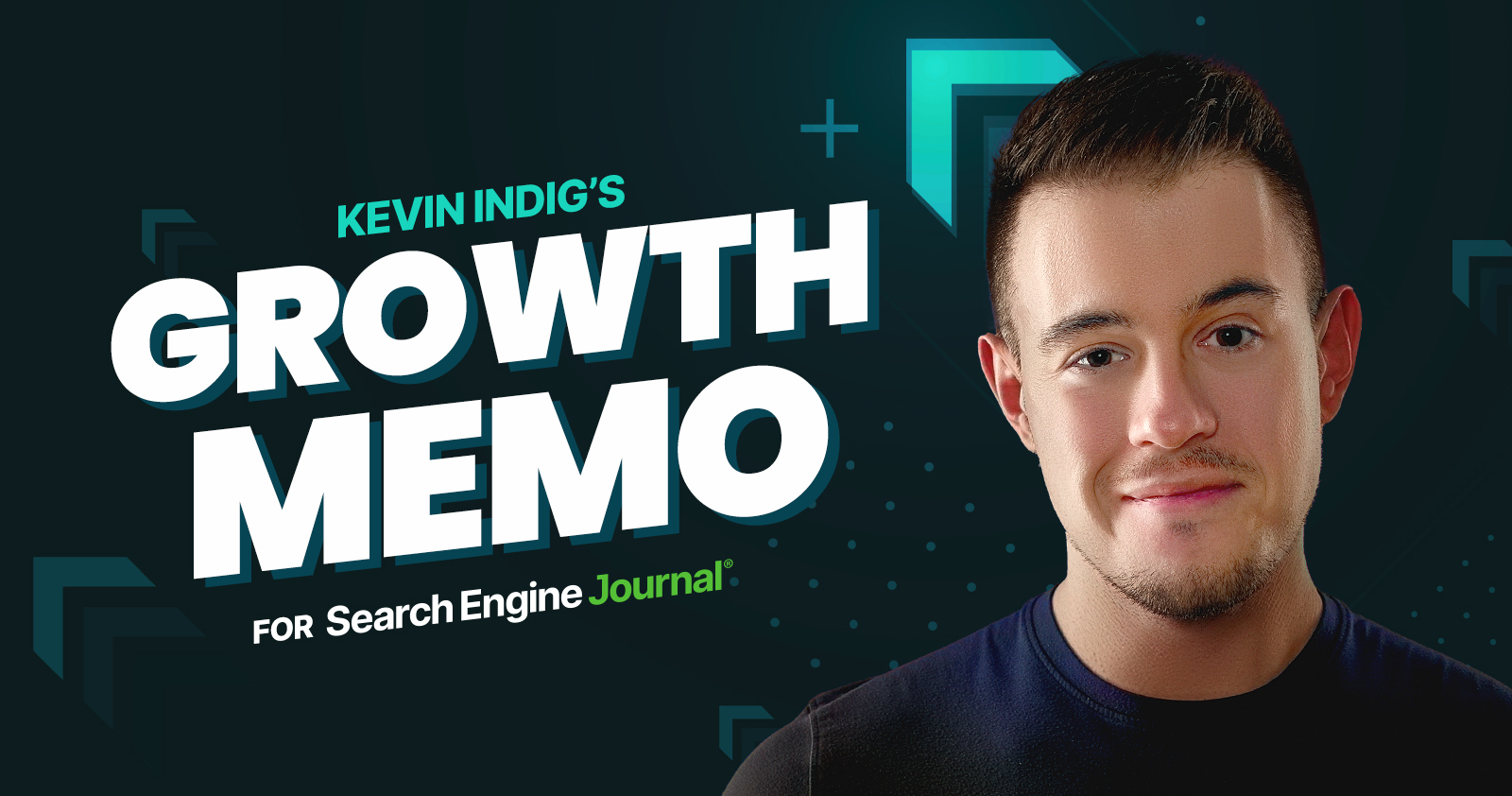








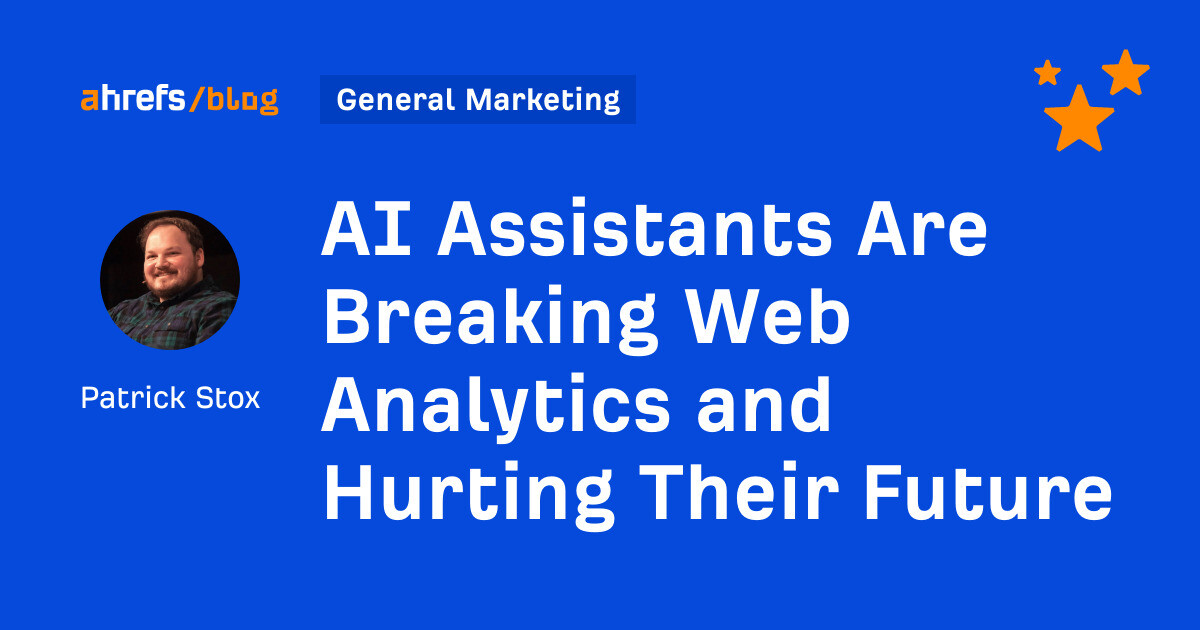




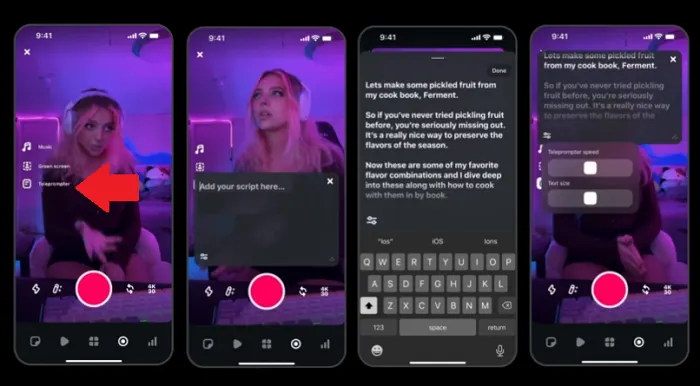
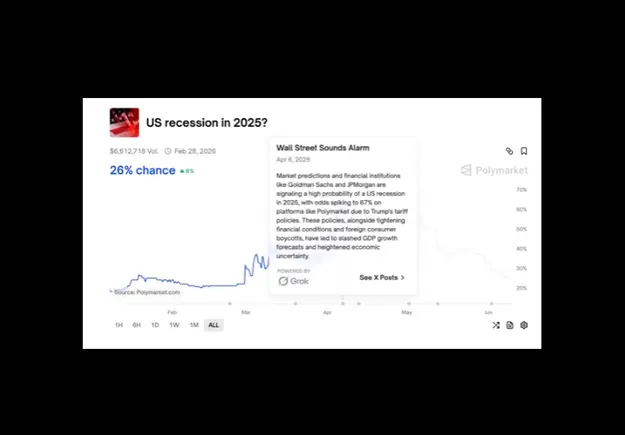










![Social media image sizes for all networks [June 2025]](https://blog.hootsuite.com/wp-content/uploads/2023/01/Social-Media-Image-Sizes-2023.png)

![AI can boost conversions from your web page — HubSpot’s CMO shows you how [tutorial]](https://knowledge.hubspot.com/hubfs/ai-1-20250605-395473.webp)
![The state of inclusive marketing in 2025 [new data + expert insight]](https://www.hubspot.com/hubfs/inclusive-marketing-report.webp)









